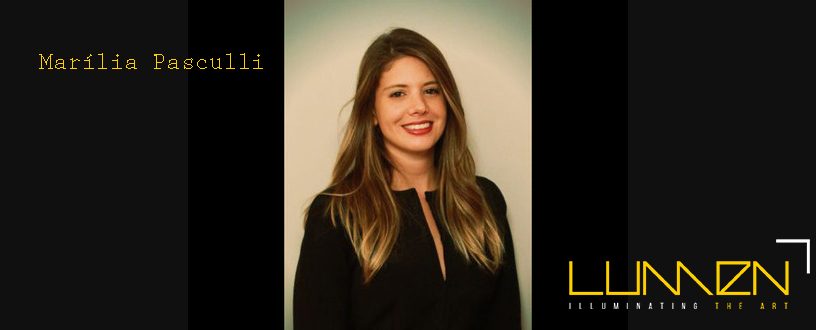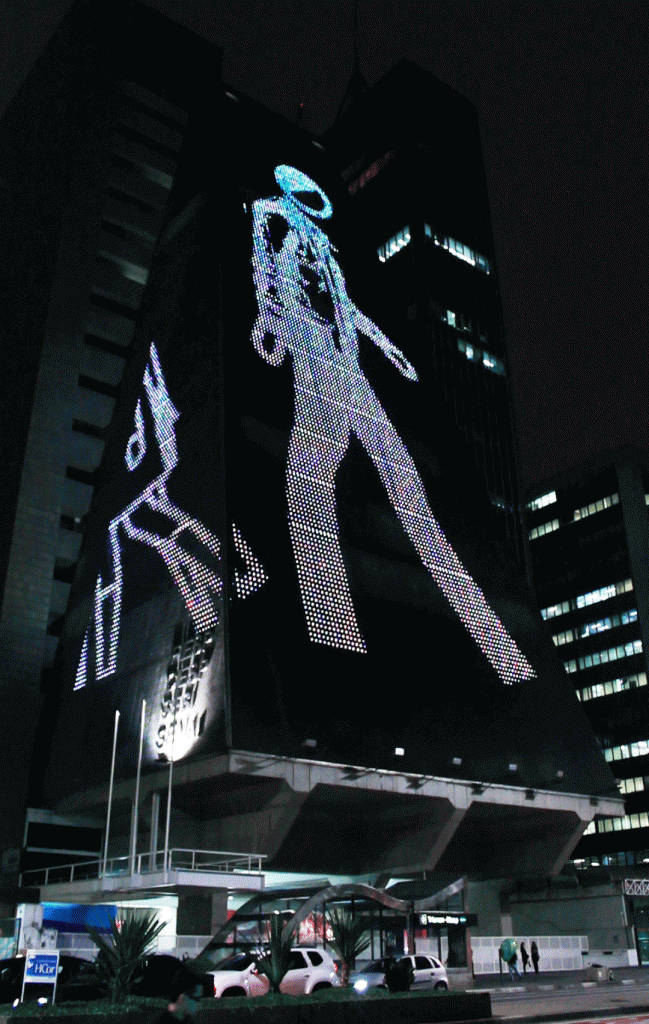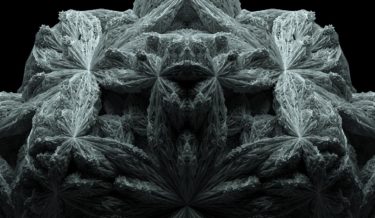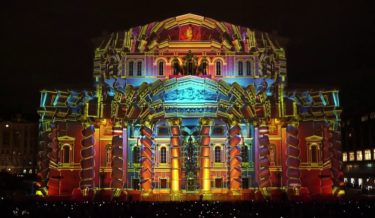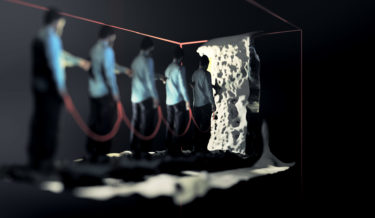Related post
Interview: Man vs Machine’s Simon Holmedal
Jan 18, 2017
|
Comments Off on Interview: Man vs Machine’s Simon Holmedal
2868
Striving for imperfection: Michael Fragstein’s “Dagner”
Feb 15, 2017
|
Comments Off on Striving for imperfection: Michael Fragstein’s “Dagner”
2390

